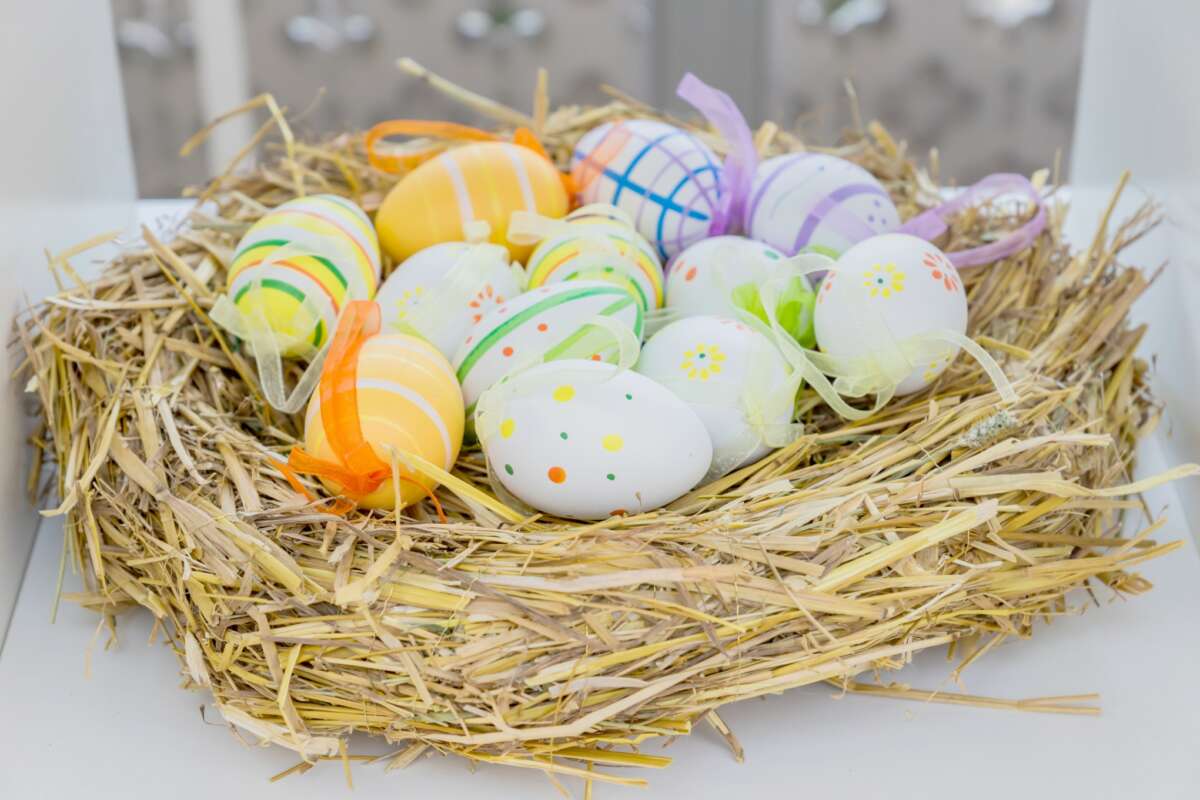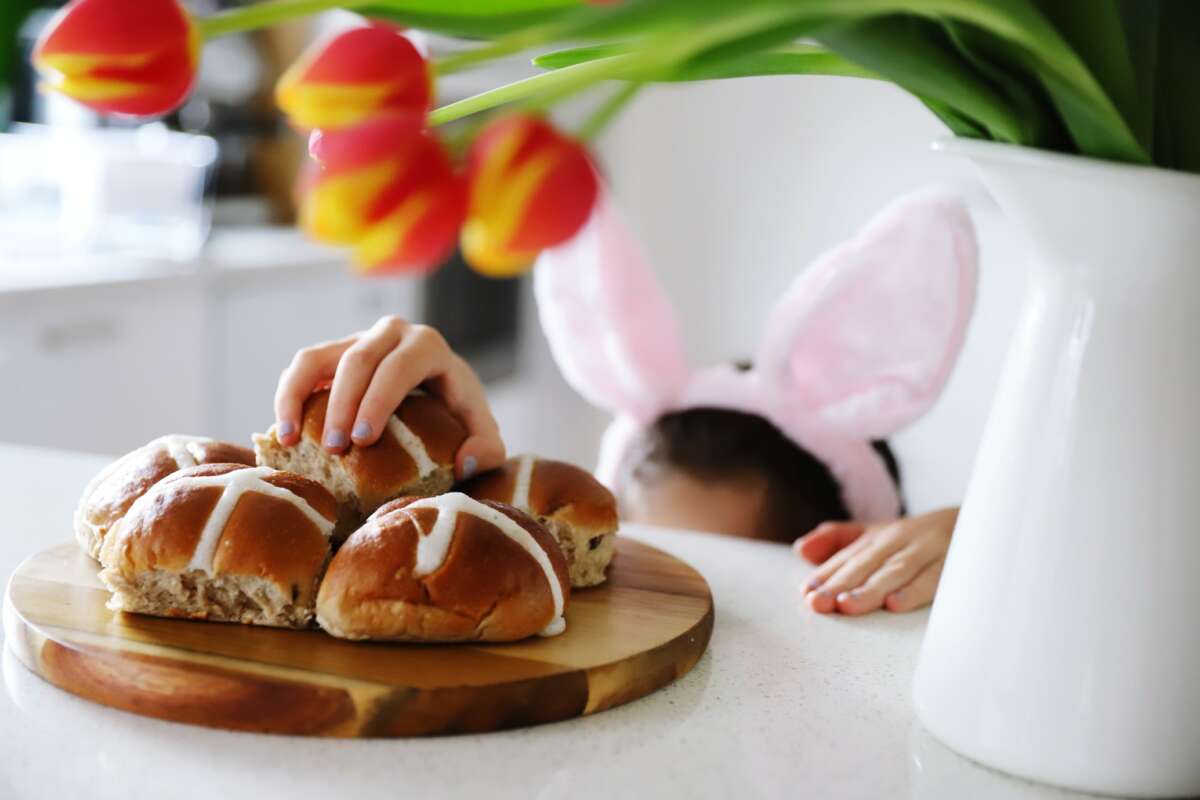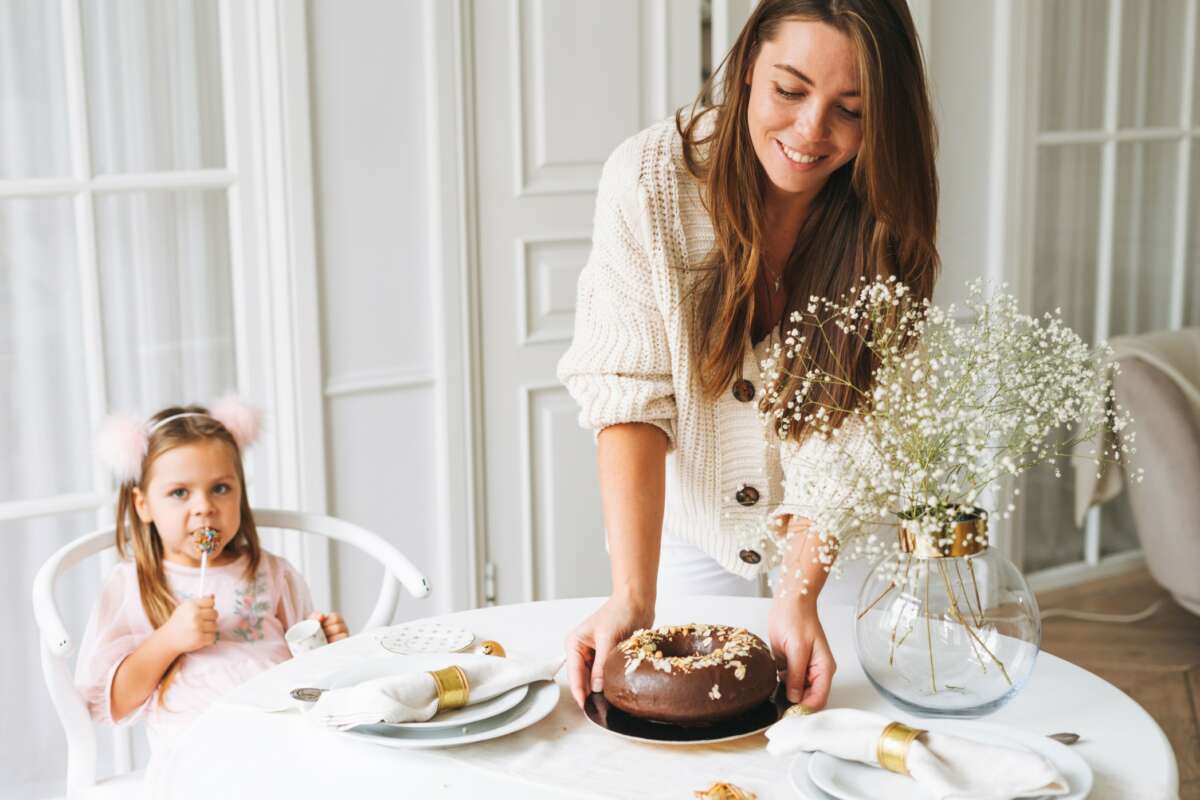Diwali is nearly here, and our experts are sharing 12 things you need to know to happily celebrate this festival of light along with nearly one billion people around the world.
what to know about Diwali, a festival of light
Diwali, the most significant and certainly one of the happiest and most beautiful festivals of the year in India, will be here soon. Diwali celebrates the triumph of light over dark, good over evil, and hope over despair. Celebrated by nearly one billion people around the world, the holiday includes the symbolic burning of candles and lamps, the giving of gifts, and numerous gatherings with friends and family.
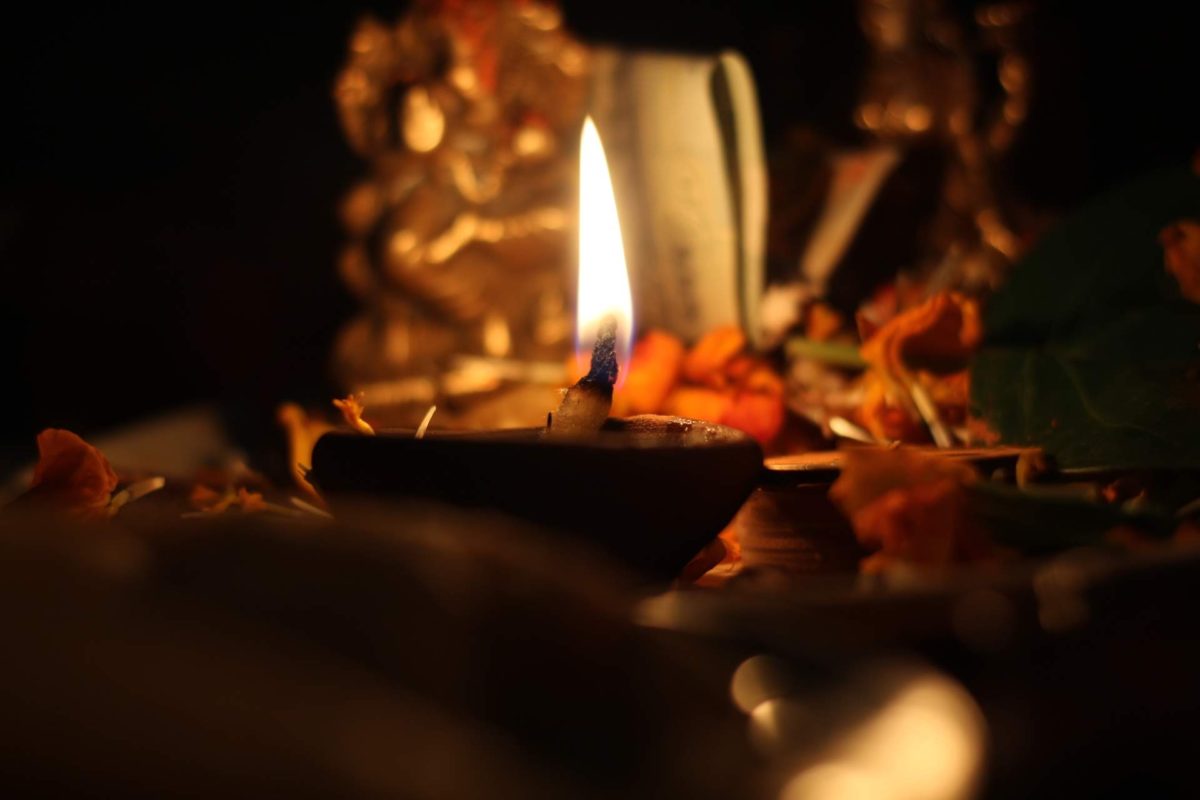
Since most of us at Dandelion Chandelier have never experienced Diwali firsthand, one of our far-flung correspondents has filled us in on how she celebrates the holiday each year. We also got some intel from other friends who live in India. Based on what we’ve learned, it sounds absolutely magical.
[white_box]Join our community
For access to insider ideas and information on the world of luxury, sign up for our Dandelion Chandelier newsletter. And see luxury in a new light.
sign up now >
[/white_box]
The 5-day celebration of Diwali is the equivalent of Christmas in terms of importance in India. And like many other holidays around the world toward year’s end, Diwali is a festival of light.
1. who celebrates Diwali?
In addition to Hindus, Diwali is celebrated by Jains, Buddhists, and Sikhs in not just India, but also Nepal, Bangladesh, Sri Lanka, Malaysia, Singapore, and several other countries.
2. what is the origin story of Diwali?
The specifics of the celebration vary among religions and regions, and even within India there are important regional differences in holiday traditions.
For example, for Hindus in northern India, Diwali marks the return after 14 years of exile of Lord Ram. A legendary figure and hero of the epic Mahabharata, Lord Ram is believed to be a re-incarnation of a god. Tradition has it that he made his return to Ayodhya on a dark night, and his subjects lit his way back with terra-cotta ghee (oil) lamps (called diyas).
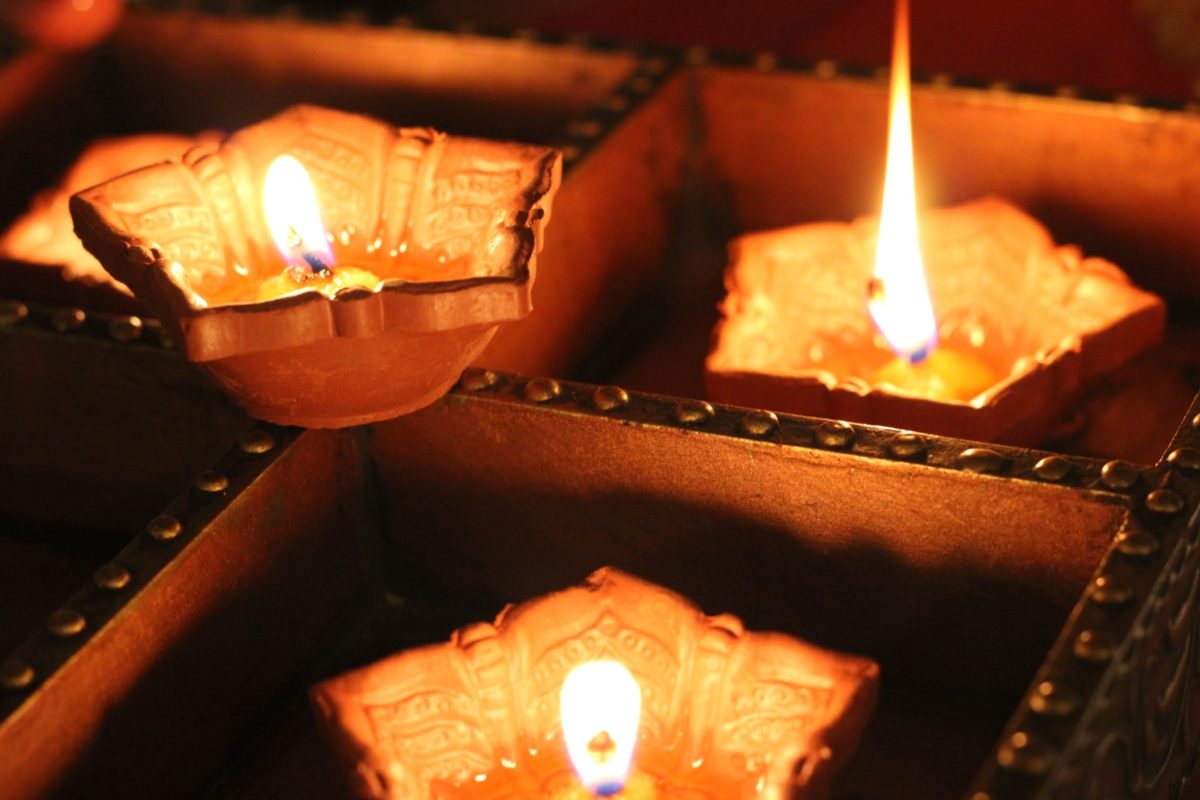
What you need to know about how to celebrate Diwali: diyas.
Other celebrants attribute the holiday to the worship of one or more Hindu deities, including Lord Ganesh (the remover of obstacles and signifier of a fresh start), and Goddess Lakshmi (or Laxshmi), the Hindu goddess of prosperity.
The focus on light in this tradition apparently comes from the belief that Lakshmi returns to earth in search of the cleanest and brightest house, in which she will eliminate all negative energies and confer blessings on the family. As a result, observers ensure that their homes are spotlessly clean. A broom is kept nearby when prayers are offered. Lamps are lit. And doors are left open to welcome her in.
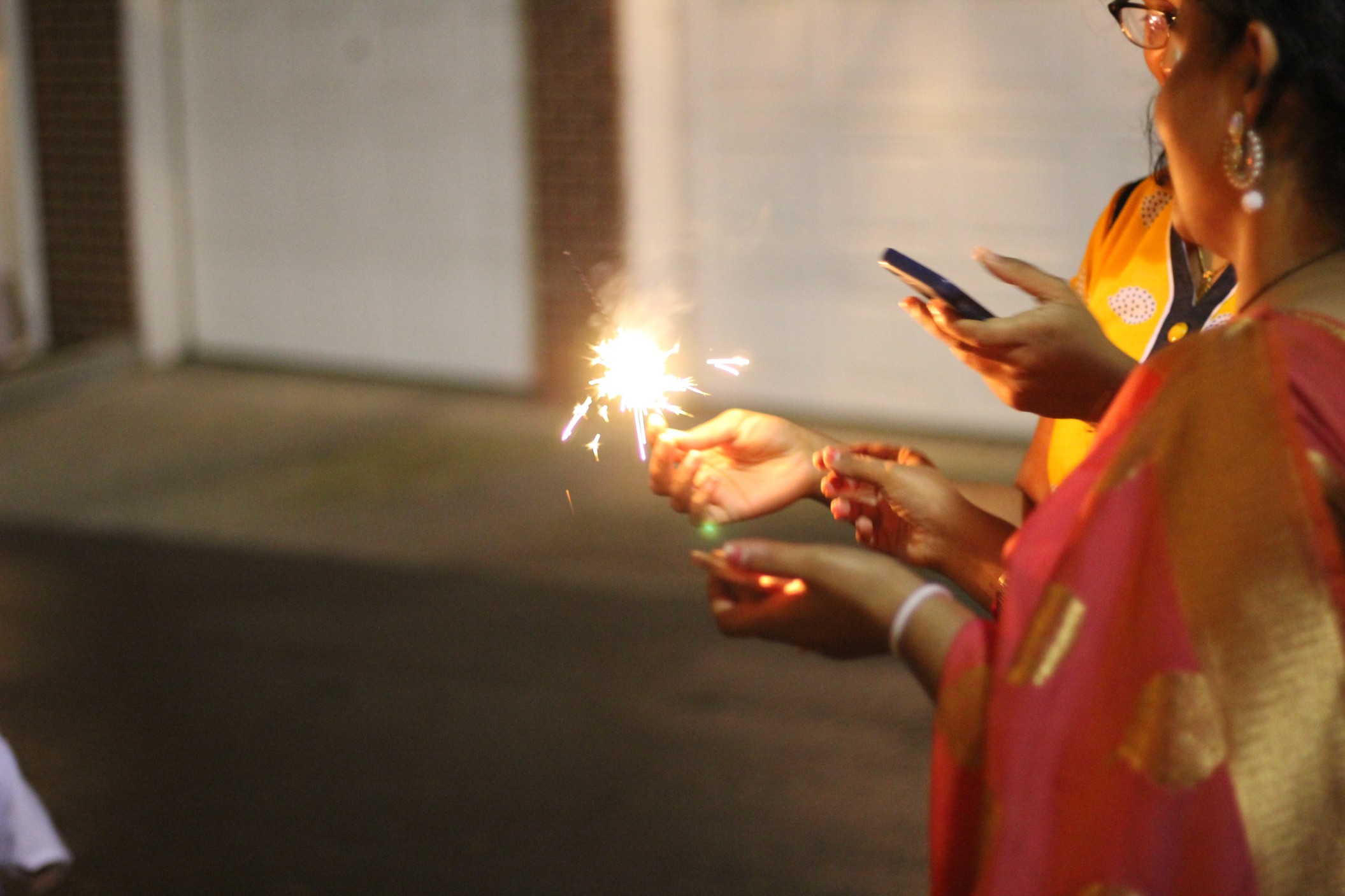
what you need to know about how to celebrate Diwali
Some Hindus also celebrate Diwali as the start of the New Year, reinforcing the focus on prayers for prosperity and successful new beginnings.
Despite these regional differences, in celebration of Diwali nearly every house in India is lit with oil or electric lights or lanterns. In addition to millions of lights shining from rooftops and windows, there are fireworks every night.
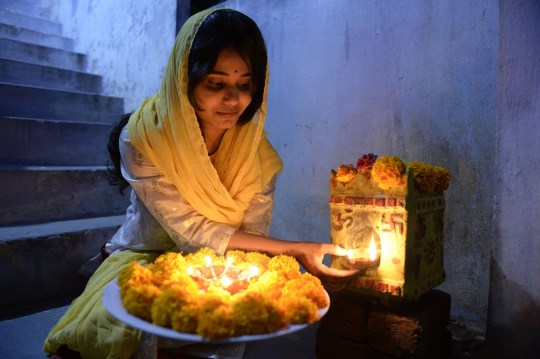
A woman places diyas throughout her home to celebrate Diwali. Photo Credit: Getty Images.
3. Diwali parties
Celebrations start days before Diwali itself with parties, usually at people’s homes. Diwali parties involve gatherings of family and friends, where diyas, candles and firecrackers are lit. Wealthy families hold their own fireworks shows. Some parties are open houses, with friends dropping by over the course of several hours.
the food
The choicest wines and spirits that families can afford are served, along with a wide variety of food. Traditional mithai (sweets) served for the holiday in India include besan laddu (ball-shaped treats made of chick pea flour, sugar and ghee), gujhias (sweet dumplings filled with dry fruit and condensed milk, called khoya), and barfi (made with khoya, sugar, fruit, nuts and spices).
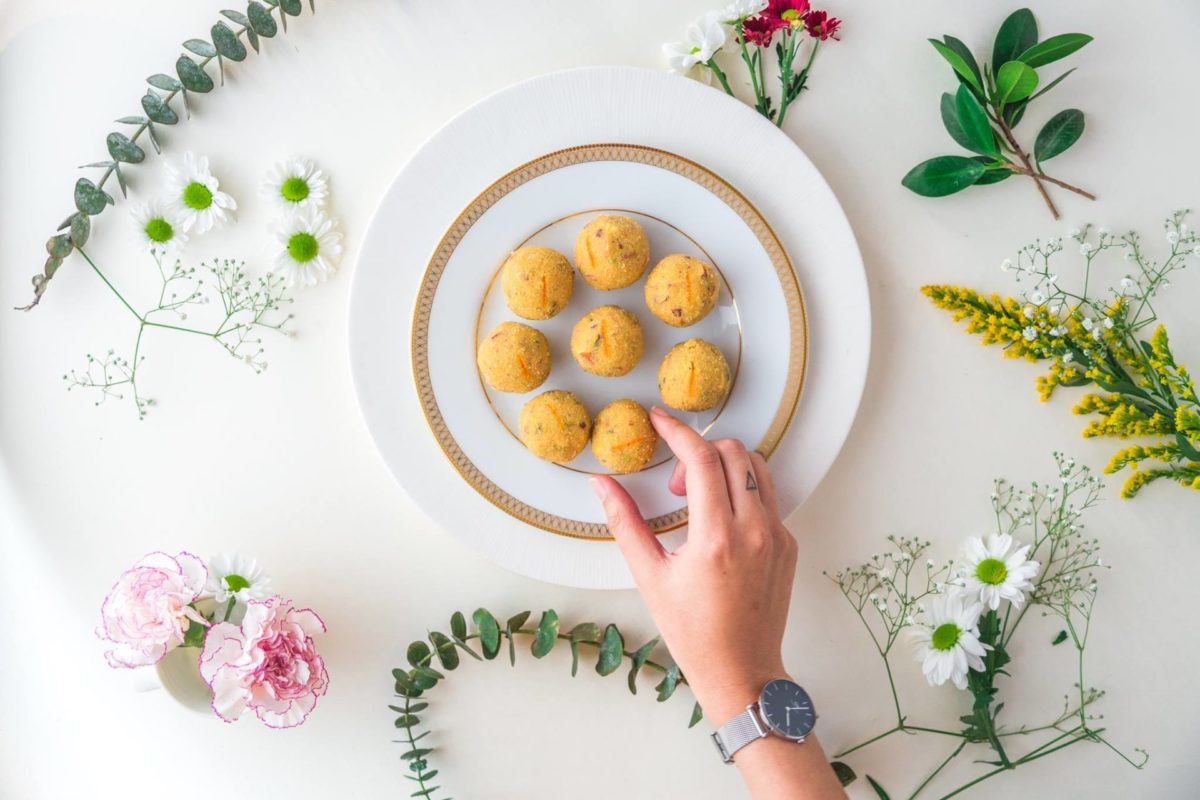
What you need to know about how to celebrate Diwali: besan laddu.
the fireworks
Our friend usually hosts a Diwali party for 800 people the weekend before the holiday at her home. She said it usually starts at 9:30P and ends at 8:00A the next morning, complete with a fireworks show. Another friend notes that the Diwali parties at the home of the Shriram family, owners of the DCM business empire, are legendary.
Our other knowledgeable friends echoed that theme, saying that a great deal of the focus for this holiday is on socializing and being with family and friends. The heart of the holiday is not in public celebrations but in celebrants’ homes or places of business. To fully experience the holiday, your best bet as a visitor is to tag along with a close friend, work colleague or extended family member.
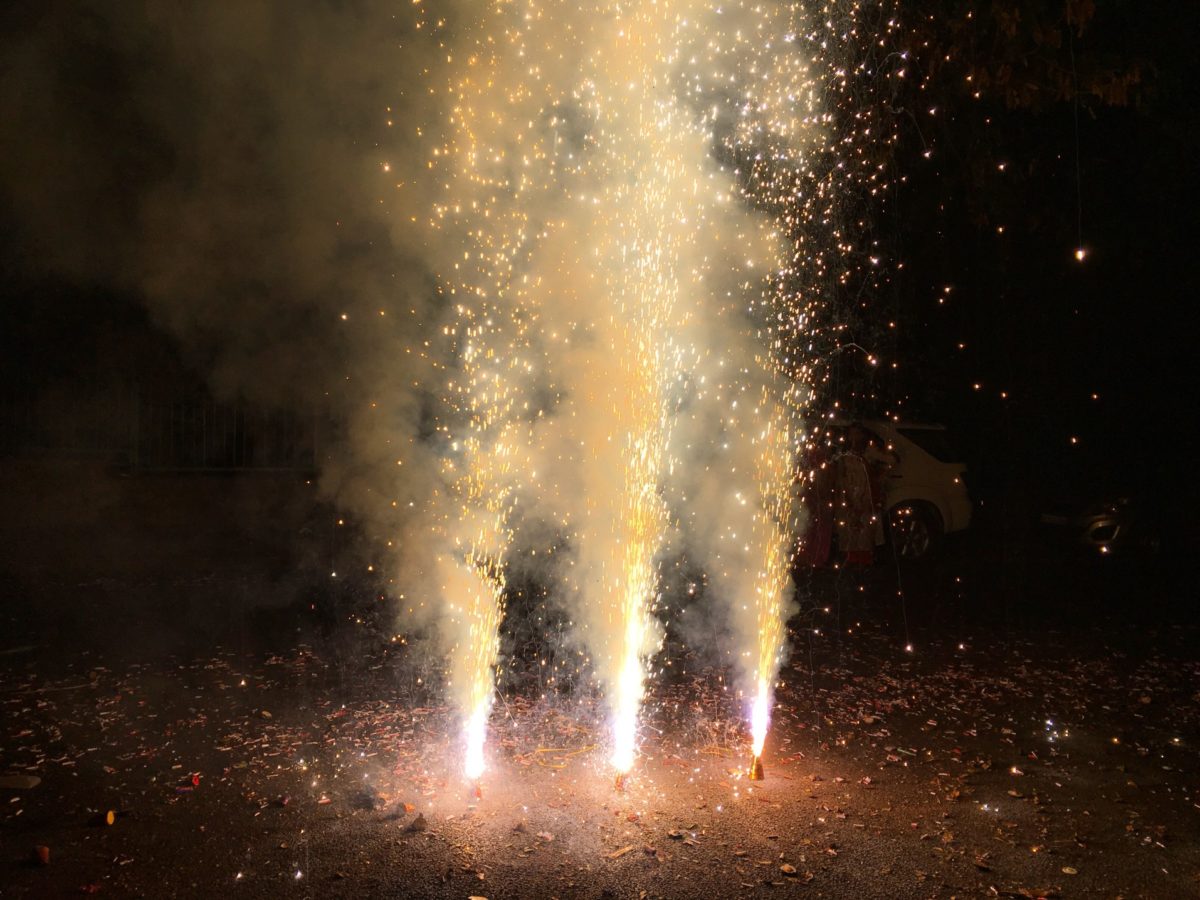
what you need to know about how to celebrate Diwali
4. Diwali cards and gifts
Some people still exchange Diwali cards (a younger friend says that he now sends messages on WhatsApp to family and friends). Traditionally, only children received gifts on the holiday; today everyone gets beautifully-wrapped presents.
Generally, it’s not just one gift, but several. They might include sweets, fresh or dried fruit in red cellophane wrappers, and silver coins. It is common in some traditions to give money instead of other presents. In some regions, the monetary gift amount never ends with a “0,” but rather with a “1” (101, 1,001) because it is believed to bring good luck.
5. Dhanteras, the Festival of Wealth
Dhanteras (the Festival of Wealth) is celebrated two days before Diwali; on this day one buys metal (but not iron) objects; frequently it’s a new item for the home. Some buy precious metals like gold and silver, and also diamond jewelry. Our friend says that the classic tradition is to purchase and give something gold (for those on a smaller budget, the norm is stainless steel).

What you need to know about how to celebrate Diwali: specialty chocolates.
Home decor and tabletop gifts are the norm
Over 60% of the revenue for the year for tableware companies in India comes during Diwali. Ceramics and glassware are key categories both for self-use and for gifts.
Luxury gift ideas include sterling silver tea sets and candlesticks; a sterling silver figurine of Lord Ganesh; a silver and gold puja thali, kalash and bell (all to be used in Diwali religious ceremonies). Other options include crystal bowls; hand-woven carpets; and hand-crafted jewelry boxes made of gold, ceramic and crystal.

What you need to know about how to celebrate Diwali: luxury home decor gifts. Photo Credit: Vogue India.
Sales of luxury cars spike during Diwali (one year the press in India breathlessly reported on Bollywood actor Vivek Oberoi giving his father Suresh a luxury SUV as a Diwali gift).
As in many other geographies, online shopping is sky-rocketing as the preferred means of buying holiday gifts. Amazon India, Flipkart, Snapdeal, Shopclues and Paytm (owned by Alibaba) all start their “mega-sales” for Diwali about a month in advance. And there is fierce competition every year over who starts the sale period, and for how long it lasts.
an auspicious day for wealth creation
Dhanteras is considered to be an auspicious day for wealth creation; as a result, business leaders open their accounting books that day. And the Diwali festival marks the beginning of the new fiscal year for many Indian businesses throughout the world.
office parties and gifts
Places of work are almost always a meaningful part of Diwali celebrations. Diwali is a national holiday in India. Employees receive gifts, there are office parties, and sometimes there is a cash bonus paid on the holiday.

What you need to know about how to celebrate Diwali: offices and places of work are an essential part of the holiday tradition.
6. The art of Rangoli
Another beautiful holiday tradition is rangoli, an art form in India in which Hindu symbols and traditional patterns are created during certain festivals, including Diwali.
The artwork is created on the floor using materials like colored rice or sand, flour, or flower petals. Designs are passed from one generation to the next, and the colors are stunning. The purpose of a rangoli is to beatify the entrance to a home, keep bad spirits at bay, and attract wealth and prosperity to the home.
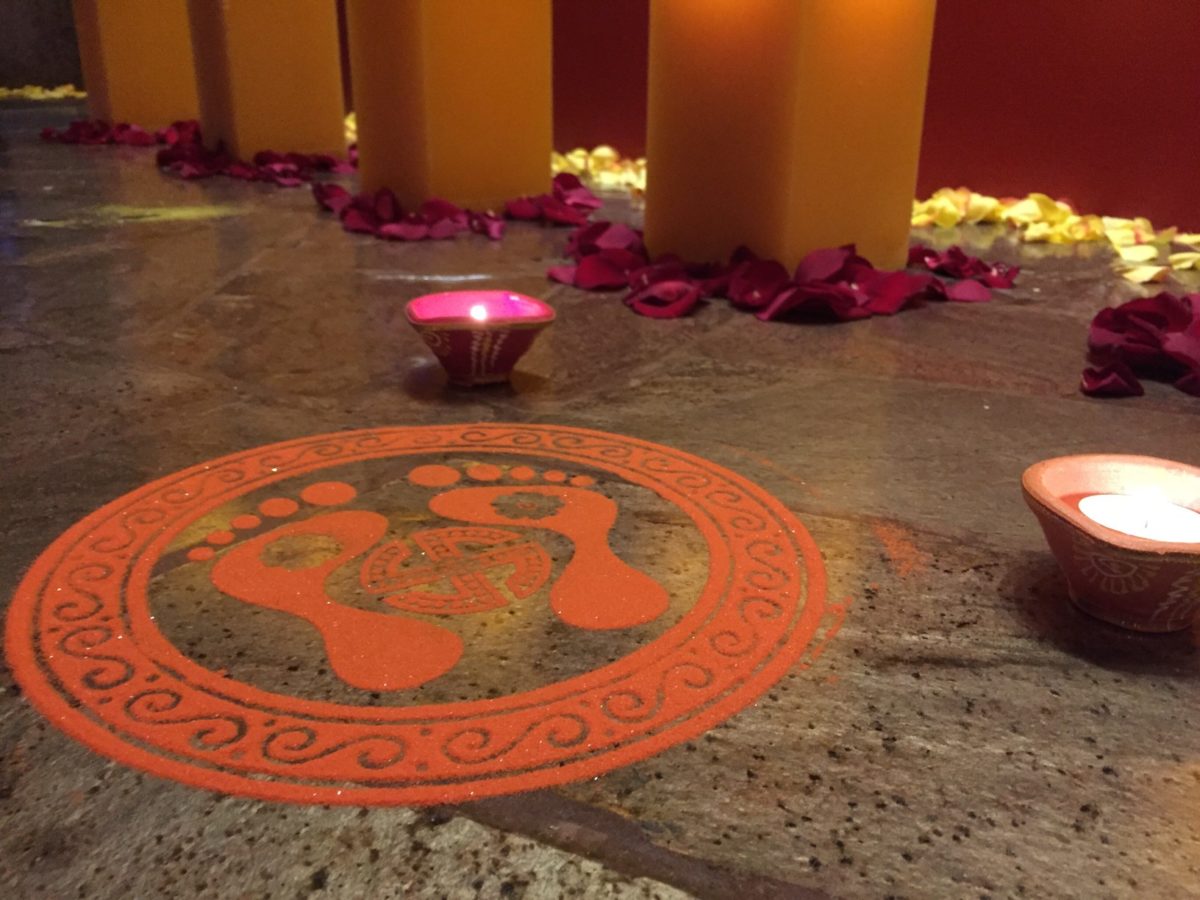
What you need to know about how to celebrate Diwali: rangoli adorn the homes of many celebrants.
7. The Puja ceremony
The puja (prayer) is the religious ceremony on Diwali itself. For our friend in Mumbai, it starts at about 7:00P and lasts for two hours. While people may visit a mandir (the place of worship for the Hindu religion) during the five-day celebration, the most important religious act for most observers is the puja, and it is usually done either at home or at a place of business.
Wealthy families book the services of a pandit (a Hindu scholar or priest) months in advance to perform the veneration. Others perform their own. It is traditional to place several orange floral wreathes, made of marigolds, in the puja area. There are prayers and participants sing songs to invoke blessings, called aartis. Afterward, there is usually a festive meal where gifts are exchanged.

What you need to know about how to celebrate Diwali: marigolds are a core element of the puja ceremony.
8. Bhai Dooj, a celebration of brother-sister relationships
Diwali is not one event, but rather a series of festivals over the course of five days. For example, the last day of the celebration in many traditions is the Bhai Dooj, a ritual commemorating brother-sister relationships. Held on the night of a new moon, in the ceremony the sister places a vermillion mark on her brother’s forehead to protect him.
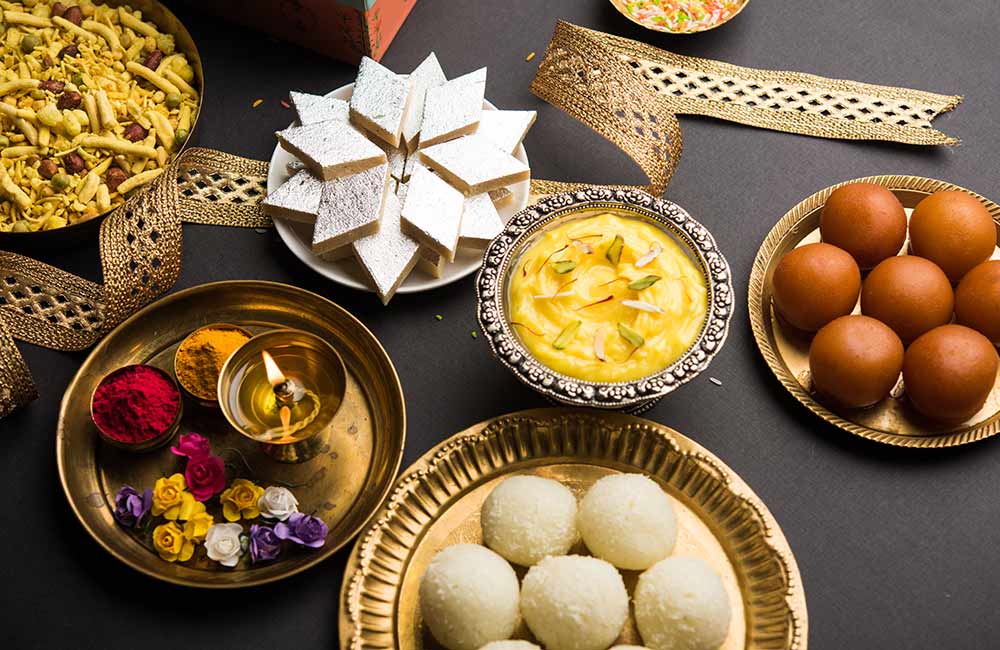
9. Card Games
It is customary to play cards during Diwali parties, even though games of chance are officially illegal in India (many people play with tokens, not actual cash). The origin of this tradition seems to be the belief that the goddess Parvati (the Hindu goddess of love and devotion) won a game of dice against her husband Lord Shiva. And that ever after, during the festival each year – because of her joy in her own good fortune – she visits and bestows wealth for the coming year on anyone found gambling.
10. Diwali fashion, beauty and accessories
All of this holiday cheer demands, of course, the right wardrobe. The women wear beautiful saris, and the men often wear traditional kurta pajamas. Auspicious colors include red, pink, yellow and gold.
Many luxury houses offer limited edition accessories for Diwali, usually in bold and bright colors One year, Tod’s issued an exclusive set of satin and sequined evening bags to mark the holiday. This year, MAC Cosmetics and Kiehl’s issued a special Diwali beauty capsules.

The Kiehls 2019 Diwali limited edition collection. Courtesy Photo.
Our correspondent reports that her friends have a preferred jeweler who creates custom pieces for them, generally employing gold and diamonds (she says “Diwali parties, wherever they’re held, involve a lot of bling”).
This desire for unique pieces makes Western fine jewelry and watch companies, like Cartier and Van Cleefs, less relevant in India. Among the preferred jewelers mentioned by our female friends are Tribhovandas Bhimji Zaveri (TBZ), Kanjimull, and Roop Chand Jewellers.

what you need to know about how to celebrate Diwali: gifting. Photo Courtesy: Fai Dee Jewels.
11. Popular travel destinations for Diwali
While the focus is on home and family, some people do travel for Diwali. Popular spots for these holiday trips are Jordan (to see the Red Sea and the Dead Sea); Dubai; Kuala Lumpur, Bangkok, Sri Lanka, and Singapore.
As a tourist, there are many special places in which to experience the lights and joyous atmosphere of Diwali firsthand. In India, our friends recommend Varanasi. There, you can observe the aarti with 1,000 lamps and the chanting of hymns. And watch the diyas floating down the Ganges and lining its riverbanks.

The Diwali celebration in Varanasi, India.
In Udaipur, you can watch celebratory fireworks over the lakes. Or if you want to get closer to nature, you can venture to Pushkar, which hosts Asia’s largest camel fair during Diwali.
Outside of India, all of the other countries that celebrate the holiday will have their own unique customs. All will employ light, and all are likely to be incredibly lovely and illuminating.
12. How to celebrate in locations outside of Asia
People of Indian descent and people of the Hindu faith around the world celebrate Diwali. London is said to be the largest celebration outside of India. Leicester and Trafalgar Square are centers for the festivities, and since 2009 there has been an official Diwali celebration at 10 Downing Street.

Celebrating Diwali in London.
In New York, where pretty much anything can be found, you can find Diwali celebrations, too. Former President Obama became the first U.S. President to personally attend a Diwali celebration. And in 2016, the U.S. Postal Service issued its first Diwali stamp, with a picture of a lighted diya surrounded by rose petals.
In Sydney, the Opera House is illuminated in gold to mark the Diwali celebrations in the city.
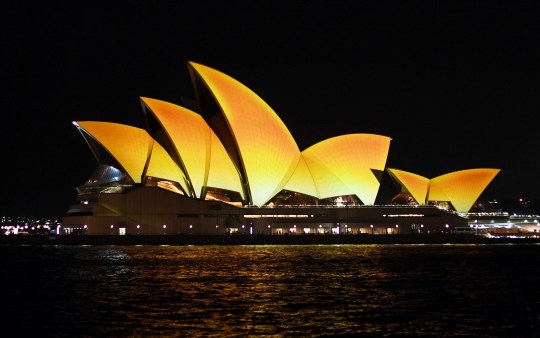
what to know about Diwali, a festival of light
That’s it! The basics to know about how to celebrate Diwali. We’re thinking of going to India next year to experience the celebrations in person. Our friends in Mumbai say they have plenty of space for us. Are you in?
join our community
For access to insider ideas and information on the world of luxury, sign up for our Dandelion Chandelier newsletter here. And see luxury in a new light.





